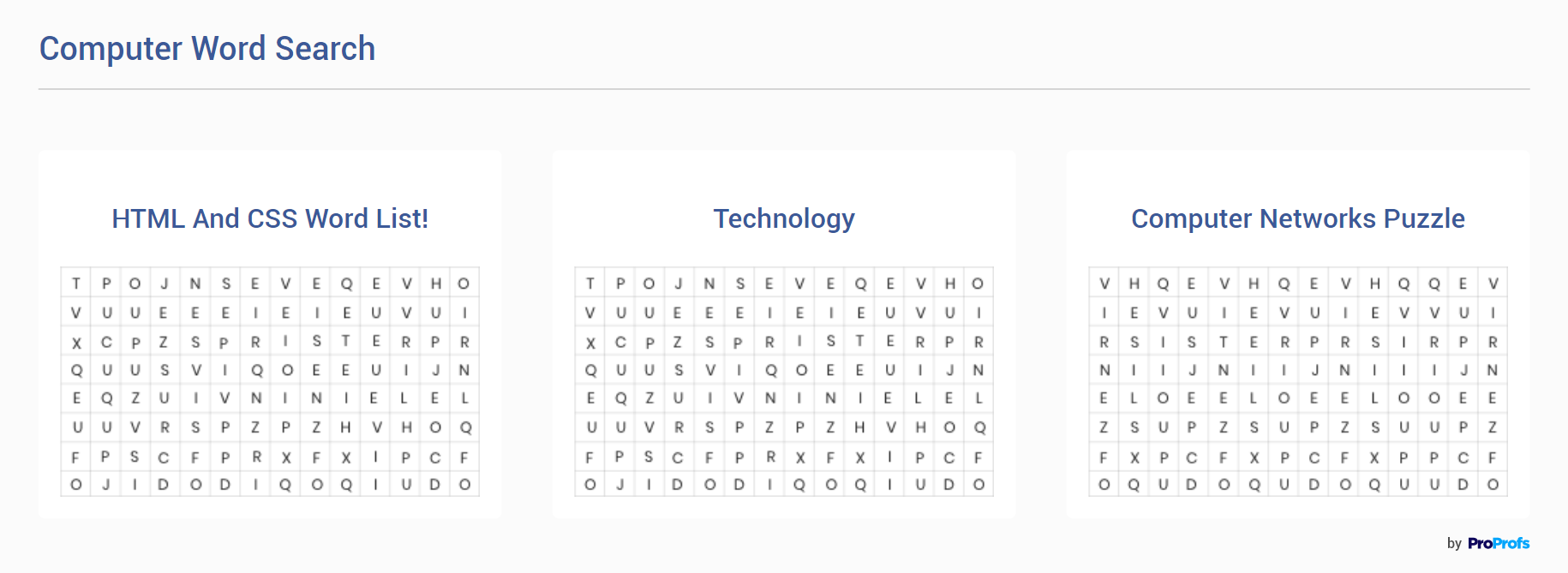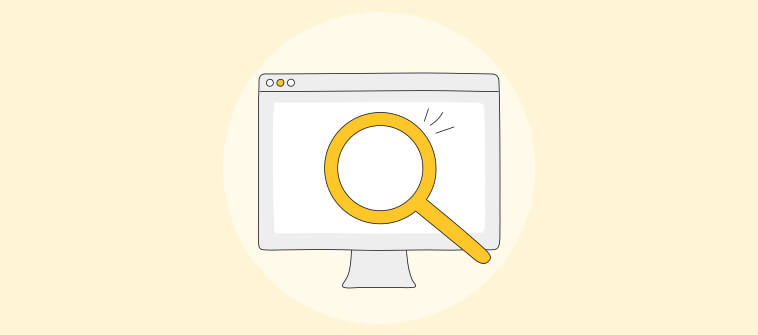Do you remember those boring classroom training? The ones with endless slides, monotone speakers, and sleepy eyes all around.
But what if I told you there’s a better way to help your participants learn new skills, one that’s fun, exciting, and rewarding?
That’s right, I’m talking about gamification in training.
It’s the secret sauce that turns training into a game, where every challenge makes your learners strong and smart.
This guide will show you how to enter a world where learning is not a drag but an adventure.
What Is Gamification in Training?

Gamification in the context of corporate training is the application of game theories to training to shape a better learning outcome.
It is how trainers add the fun element usually associated with games to training so that learners become more engaged than they would have been otherwise.
Gamified training is reshaping and redefining corporate training in more than one way. It is known to increase the stickiness of learning, completion rates, and the application of learning to work. It does so by capturing and retaining learners’ attention during learning activities.
Challenges, rewards & recognition, and user feedback also form an integral part of the gamification of training.
5 Benefits of Gamification in Training
Gamification in corporate training is no longer a fringe trend but an increasingly adopted strategy to boost employee engagement and knowledge retention.
It’s about harnessing the power of game mechanics to drive real performance improvement.
Here are some of the benefits of gamification in training worth knowing.
1. Boosts Engagement and Motivation

Traditional training methods often feel dry and monotonous. This can lead to passive participation and poor knowledge retention.
Gamification in employee training injects an element of fun and competition, which transforms learning into an interactive and goal-oriented experience.
Some of the gamification examples in training are:
- Points, badges, and leaderboards: These elements provide a sense of accomplishment and progress. This motivates and encourages employees to strive for mastery.

With ProProfs Training Maker, learners can easily share the badges they earn with their friends and peers. Learners can select a badge and click on icons like Facebook, Twitter, or LinkedIn. This lets them showcase their achievements on social media and spread the word about their success and accomplishments.
- Challenges and quests: Frame training modules as challenges or quests with specific objectives. This will add a layer of intrigue and purpose, which will keep your participants actively engaged.
2. Enhances Knowledge Retention
Gamification in employee training delivered through hands-on activities, gamification, and group discussion results in greater knowledge retention. Active learners retained 93.5% of previously learned information compared to only 79% for passive learners after one month. (Source)
So, when training is gamified, knowledge retention is much more!
Gamification leverages active learning principles and spaced repetition, which has proven to improve knowledge retention.
Some ways to gamify courses for maximum knowledge retention are:
- Interactive exercises and quizzes: Gamified training incorporates interactive elements like quizzes, puzzles, and simulations, which encourages learners to apply their knowledge and solidify their understanding actively.
- Microlearning: Divide training into bite-sized modules and deliver them regularly. This will reinforce learning over time to prevent information overload and promote better recall.

3. Promotes Collaboration and Teamwork
Gamification can foster a sense of community and collaboration among employees. Here’s how:
- Team challenges and competitions:Gamified learning promotes teamwork through gamified challenges and fosters communication, collaboration, and problem-solving skills.

- Social learning:
Gamified learning can incorporate social features like discussion forums and peer feedback, which allow employees to learn from each other and share their experiences.
Watch: How to Enable Collaboration & Discussions in Your Course
4. Improves Performance and Productivity
The increased engagement and knowledge retention fostered by gamification translate into tangible performance improvements.
Even statistics say so!
Here’s why:
- Better application of skills: Employees who are actively engaged and retain information better are more likely to apply their newly acquired skills on the job. This leads to improved performance and productivity.
- Reduced errors and rework: Enhanced knowledge retention can lead to fewer errors and rework, saving time and resources.
5. Creates a Positive Learning Culture

Gamification in business training can transform the learning experience from a chore to something enjoyable and rewarding.
This creates a positive learning culture within the organization, which encourages employees to take ownership of their development and continuously seek new knowledge.
Beyond the benefits mentioned above, gamification can also:
- Increase employee morale and satisfaction: A fun and engaging learning experience can boost employee morale and make them feel more valued by the organization.
- Reduce training costs: Gamified training platforms can be more cost-effective than traditional methods, as they can reduce the need for instructor-led training and physical materials.
Watch: How KDD Transformed Employee Training & Significantly Reduced Costs | ProProfs Case Study
- Personalize the learning experience: Gamification can be used to personalize the learning experience based on individual needs and preferences.
So, gamification is not just a fad but a powerful tool that can revolutionize employee training.
As the workforce becomes increasingly tech-savvy and accustomed to interactive experiences, gamification is poised to become the new standard in employee training.
So, are you ready to take your employee training to the next level? Simply gamify it!
What Are the Features of Gamification in Training?
Gamification in employee training is like turning learning into a game to make it more fun and effective.
Here are some key features of gamification in employee training:
-
SMART Goals
Gamified training has clear goals (SMART goals), like specific tasks to finish in a set time. This makes sure everyone knows what they need to achieve.
Think of it like setting clear targets for learning at work. It’s about ensuring everyone knows what they need to achieve during training by having specific tasks that are doable in a set time.
Watch:How to Set SMART Goals | Training Course Introduction
-
In-Lesson Game Elements

Learning becomes more interesting with games sprinkled throughout lessons—quick quizzes, role-playing scenarios, or vocabulary games make the process engaging and enjoyable.
-
Post-Lesson Game Elements

Even after the lesson, the fun continues with game-like quizzes that test what your learners remember from earlier lessons. This keeps the learning experience ongoing and reinforces knowledge.
-
Points, Badges, and Leveled Tiers

Gamification in training includes things you might see in regular games, like earning points, getting badges, and moving up levels. This makes learning more engaging and practical.
-
Social Features
Training gets a social touch with activity feeds, chats, and notifications. It’s like sharing the learning journey with others to make the experience more collaborative.
Remember, the point of gamification isn’t just to make learning fun. It’s also meant to improve hiring, help people remember what they learn, encourage using new software, and boost individual performance.
How to Implement Gamification in Training: 6 Best Ways
There are many ways to implement gamification in training, but here are some of the best practices that you can follow:
1. Know Your Learners
Before you design your gamified course, you need to understand who your learners are, what their goals are, and what motivates them.

You can use surveys, conduct interviews, or track analytics to gather this information. This will help you tailor your gamification strategy to suit their needs and preferences.
Watch: How to Create a Survey Using ProProfs Survey Maker?
2. Use Multiple Paths to the Goal
Another feature of gamification in training is that it enables self-paced learning. It gives learners more control and choice over their learning experience. You can do this by providing different options or paths for them to achieve the learning objectives.

For example, you can let them choose the type of assessment they want to take, the topics they want to explore, or the format of the content they want to consume. This will make them feel more empowered and interested in the course.
3. Allow Safe Failure

Learning is a process of trial and error, and gamification can help you create a safe and supportive environment for learners to experiment and learn from their mistakes.
You can do this by providing low-stakes quizzes, feedback, hints, or opportunities to retry or revise their work. This will help participants build their confidence and skills without fear of failure.
4. Level Up Instead of Deducting Points

Create a sense of progress and achievement for your learners by using a leveling system instead of a grading system. Start your learners at zero and award them points, badges, or other rewards as they complete tasks or challenges.
This will show them how far they have come and how much they have learned rather than focusing on what they have done wrong or missed.
5. Use Familiar Characters, Stories, and Scenarios

Gamification of employee training and development makes your course more relevant and relatable to your learners. One way to achieve this is to incorporate characters, stories, and scenarios that learners can identify with or connect to.
Use real-life examples, case studies, or simulations that reflect the situations or problems they might encounter in their work or personal life.
This will help them apply what they have learned and see the value of the course.
In my previous organization, traditional training methods relied heavily on theoretical frameworks and dense documentation. Engagement and knowledge retention suffered as a result. However, the implementation of gamified training elements proved to be a game-changer.
By incorporating relatable characters, storylines, and scenarios that mirrored real-world challenges, the training transformed into an interactive experience.
This shift had a profound impact. Engagement levels soared, with learners participating in discussions and applying the acquired skills to their daily work.
6. Do Not Overrate Rewards

Rewards are an important part of gamification, but they are not the only or the main factor that motivates learners. Rewards should be used to reinforce the intrinsic motivation of learners, not to replace it.
When it comes to rewarding employees during training, it’s important to find the right balance. Simple or too frequent rewards, like getting a treat for every small task, can get in the way of real learning.
Fun incentives, such as parties, might be exciting at first, but they don’t directly link to the learning. Good rewards should be meaningful and connected to mastering tough stuff or solving problems.
I would say that there should be a bit of challenge that promotes creative solutions and matches the bigger goals of the training to make employees feel accomplished.
BonusTips:
- Variety: Use a mix of different reward types to keep things fresh and engaging.
- Personalization: Consider individual interests and learning styles when choosing rewards.
- Feedback: Provide constructive feedback alongside rewards to help students learn from their mistakes and improve.
Not sure how to give great feedback? No worries! We have this course for you!
Watch: How to Give Great Feedback | Training Course Introduction
Get Free Employee Training Software — All Features, Forever.
We've helped 567 companies train 200,000+ employees. Create courses in under a minute with our AI LMS or use 200+ ready-made courses on compliance, harassment, DEI, onboarding, and more!
Ready to Embrace Gamification in Training?
Gamification, beyond its playful exterior, is a powerful tool for enhancing training effectiveness. It fosters motivation, active learning, and collaboration through elements like points, badges, and leaderboards.
The benefits are clear: increased engagement, improved knowledge retention, and enhanced performance.
However, successful implementation requires careful planning and understanding of learners’ needs.
If you’re not fully satisfied with your current training methods, it’s time to explore gamification. It could revolutionize your training programs and boost your organization’s success.
The future of learning is gamified.
So, are you ready to join the revolution?
 Tips
Tips
We’d love to hear your tips & suggestions on this article!
Get Free Employee Training Software — All Features, Forever.
We've helped 567 companies train 200,000+ employees. Create courses in under a minute with our AI LMS or use 200+ ready-made courses on compliance, harassment, DEI, onboarding, and more!




 We'd love your feedback!
We'd love your feedback! Thanks for your feedback!
Thanks for your feedback!







